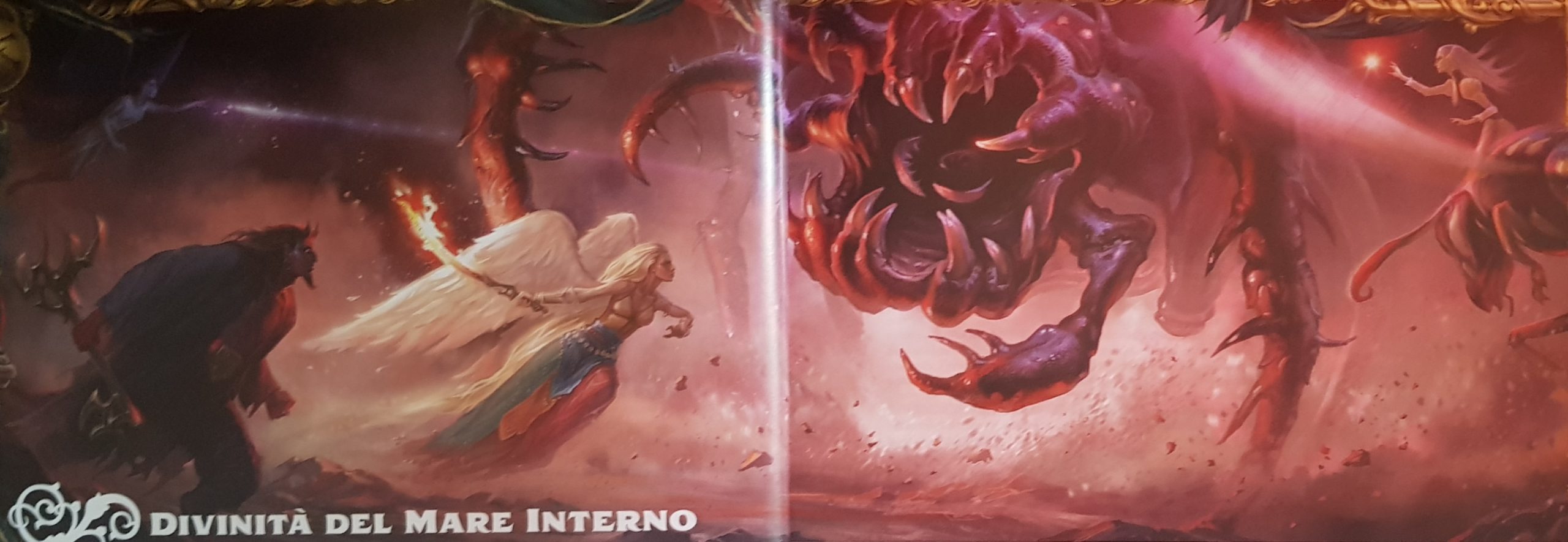First of all I want to thank Giochi Uniti for sending us a copy of Lost Omens: Gods and Magic for PF2 in order to be able to write this review. In case you want to buy the manual, you can find it in physical or digital copy on the Paizo official store.

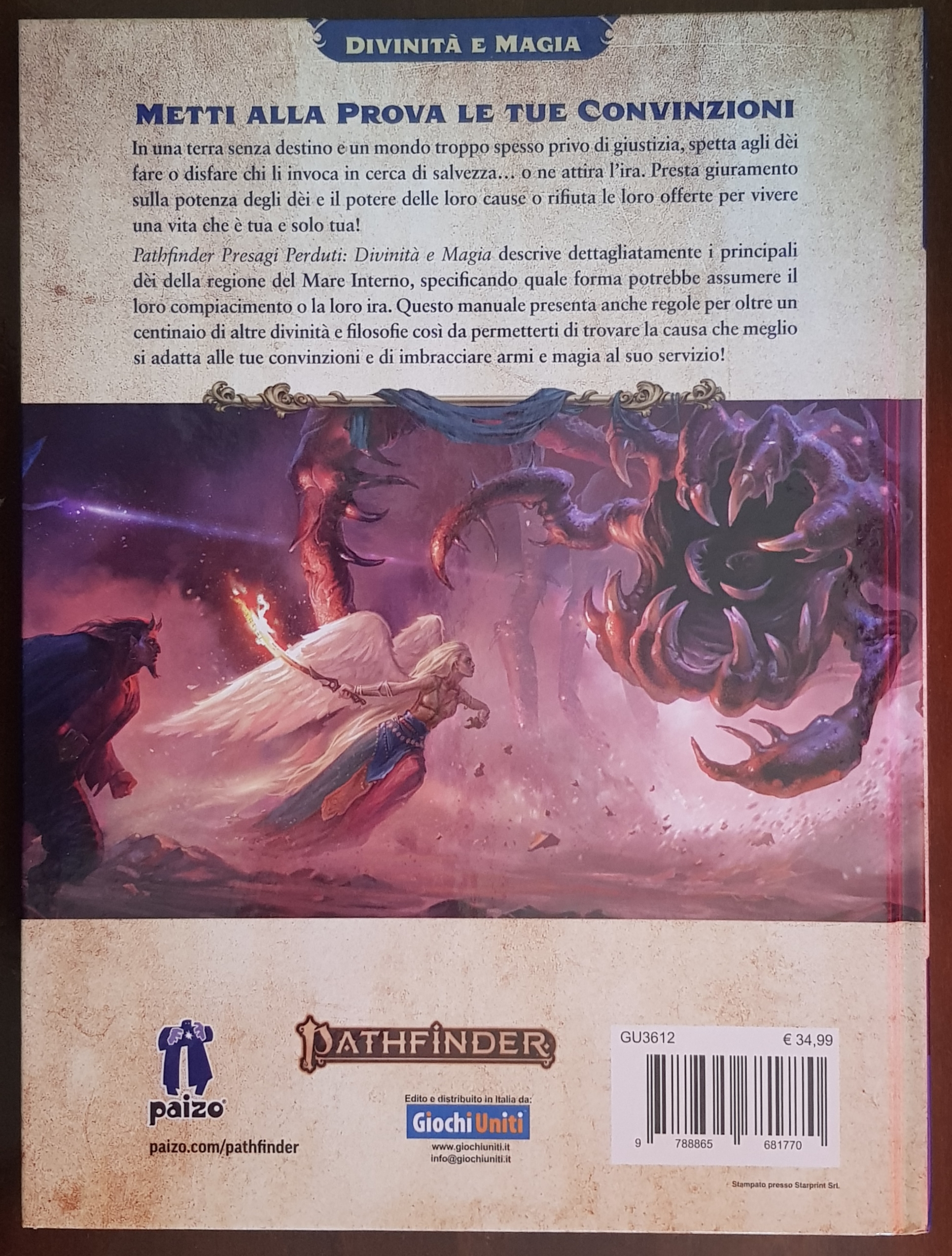
We also remind you that this manual is a supplement for Pathfinder Second Edition and for this reason it is also necessary to have the core rulebook (of which I have also written a review containing the necessary links to purchase it).
To summarize what you will find in the review and in Lost Omens: Gods and Magic for PF2, the manual contains a myriad of information on the main faiths of Golarion, on who professes them and how, on the proper tools and there are also new options for the characters.
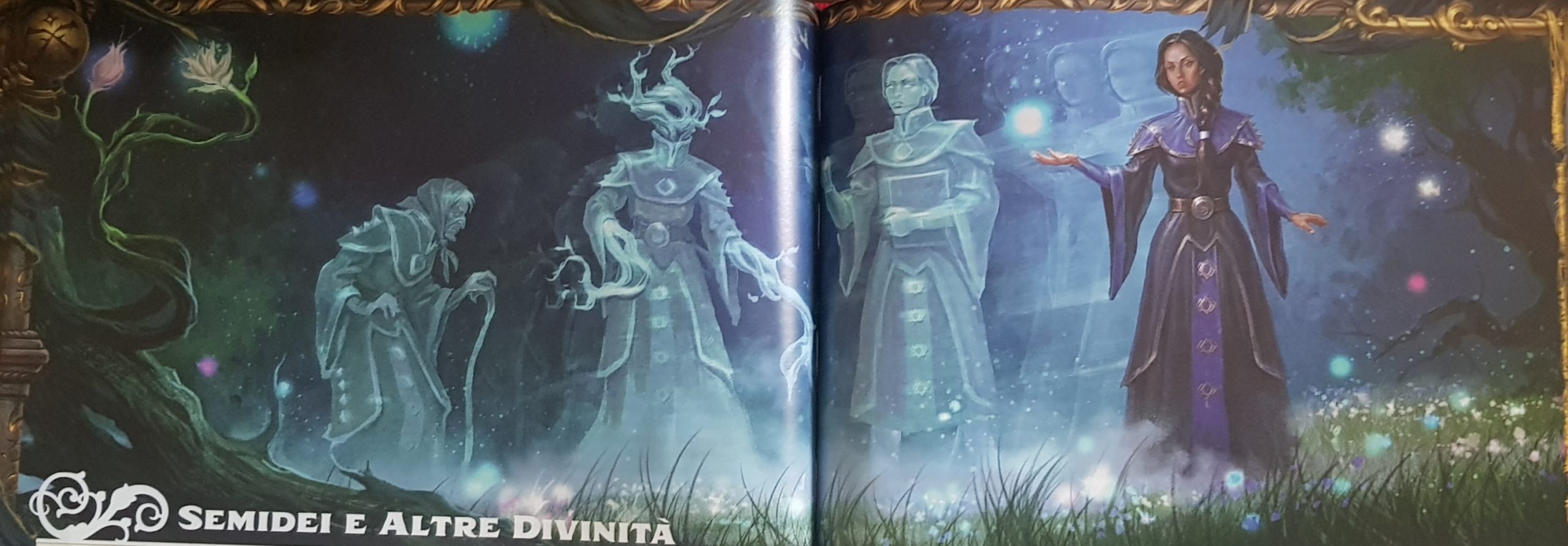
Every Flavour Gods
After a general introduction on the concept of faith within the game world, the manual starts by presenting the gods of the Inner Sea. These figures have always fascinated me because, although not all of them are original, they know how to evoke the sensations that are sought from a divinity in a fantasy world, without missing a few touches of color. We can thus find Iomedae, the Inheritor, a mortal leader who ascended to the divine rank following a sacred crusade; but also Cayden, who became a god during a night of revelry. Obviously there are also dangerous figures such as Asmodeus, the Prince of Darkness, first of the Archdevils. The game takes the divinities of PF1 and makes them evolve with the events of the world, giving continuity to the setting.




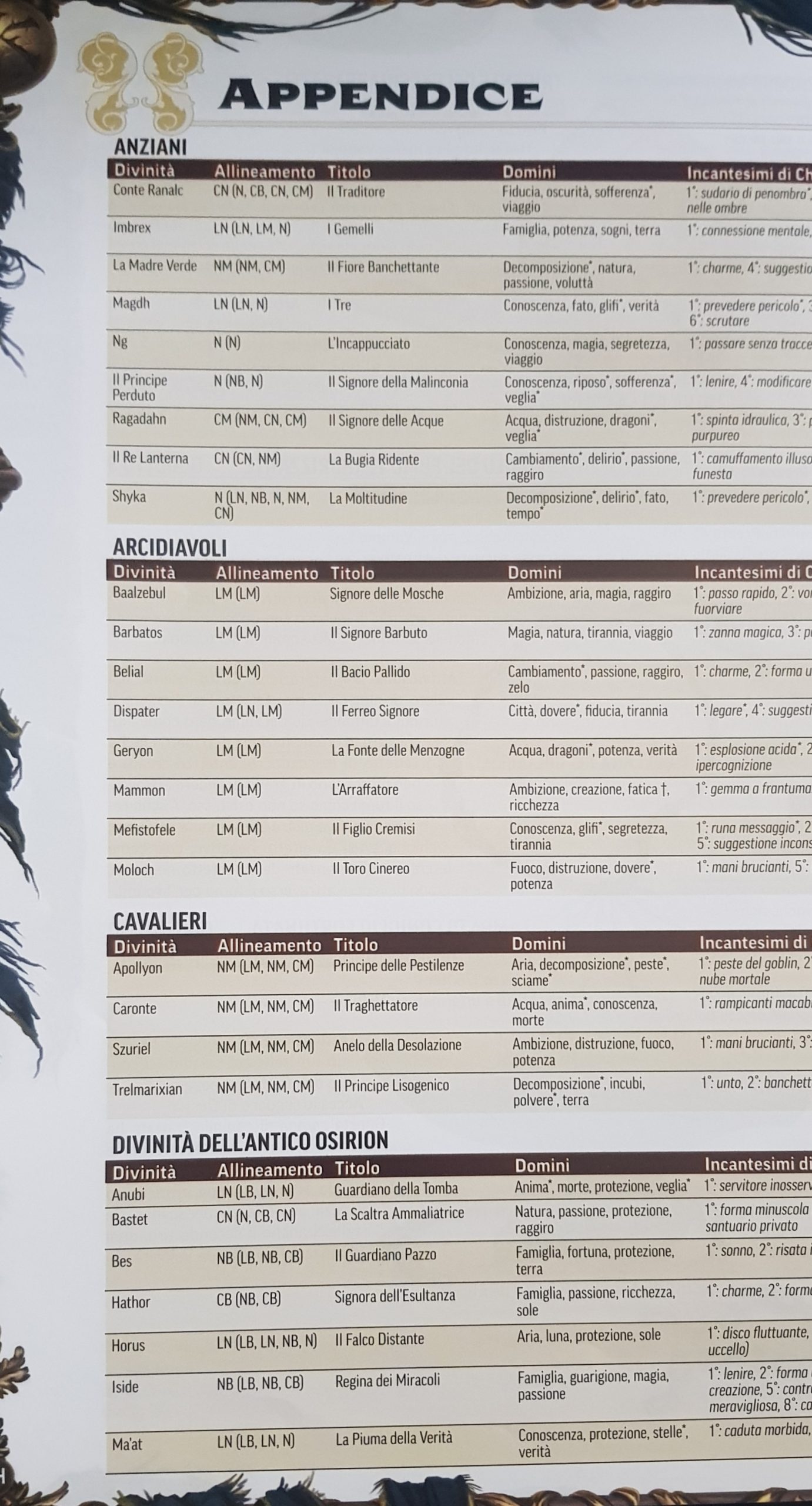
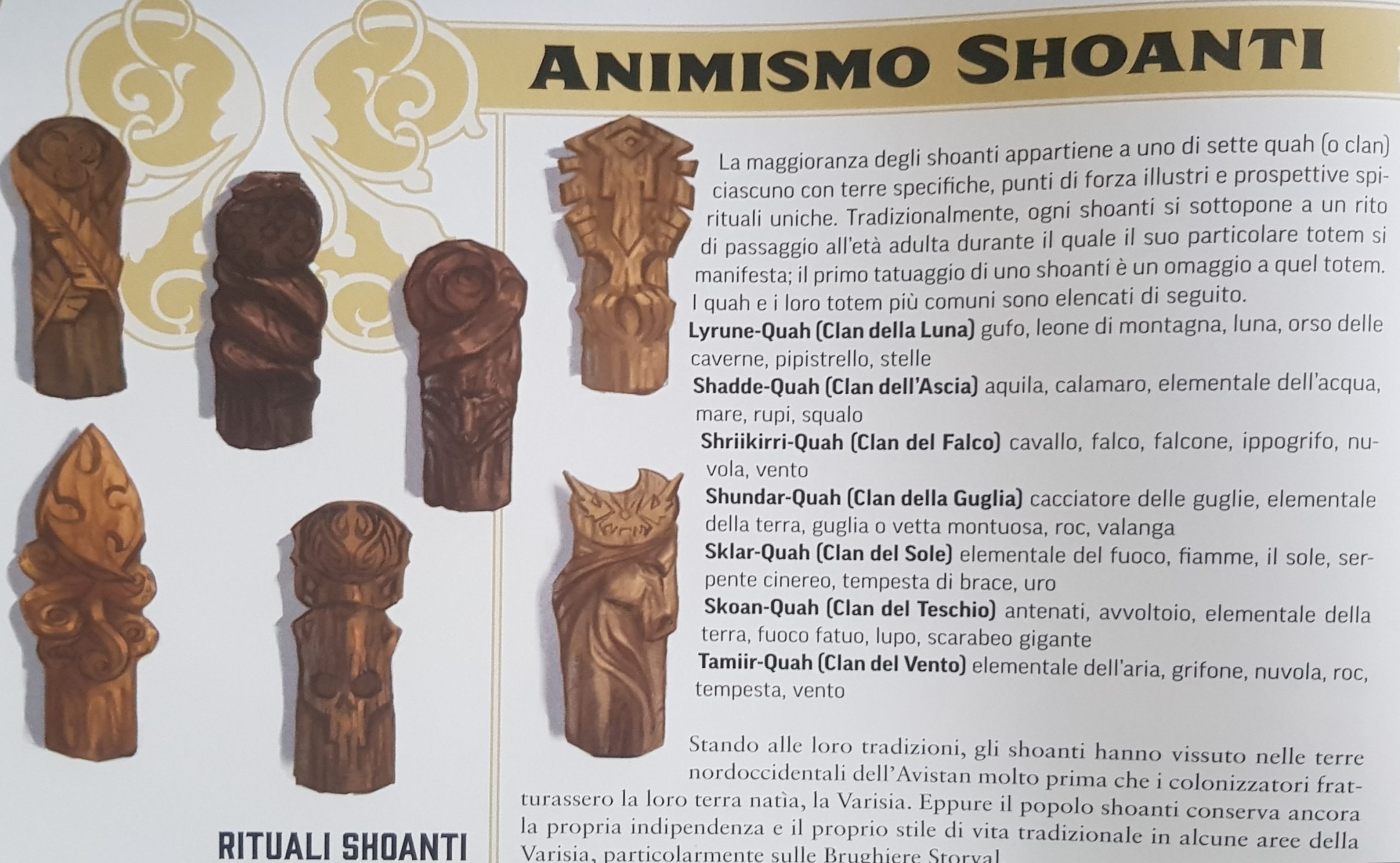
Each major divine being has an accurate table; we can find their names, epithets, realms, allies, enemies, temples, worshipers, sacred animal and colors, divine characteristic, alternative domains, aphorisms, divine intercessions (benefits and curses) and a broad and comprehensive description. At the end of the reading I did not feel the lack of any information.
As you will notice from this review of Lost Omens: Gods and Magic for PF2, the variety is so much. The manual then continues with other divine beings of various kinds; there are demigods and lower Inner Sea deities (including, for example, the Lovecraftian pantheon and the demon lords), philosophical currents and spiritual movements (such as the Green Faith, the Shoanti Animism and culture-specific pantheons such as that elven and dwarven ones). To avoid going too far, I am not going to list them all, but you should know that the “summary table” at the end of the manual takes up ten pages.
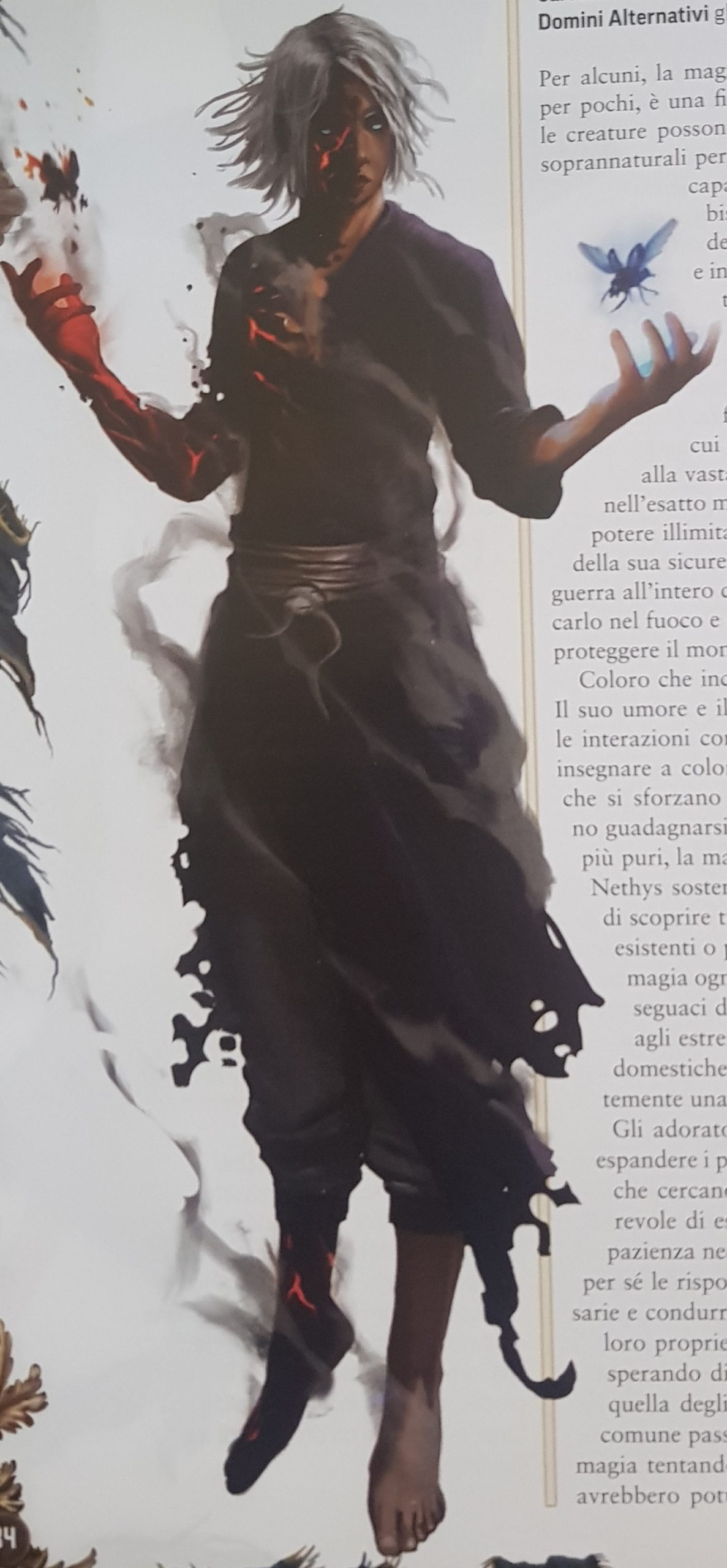




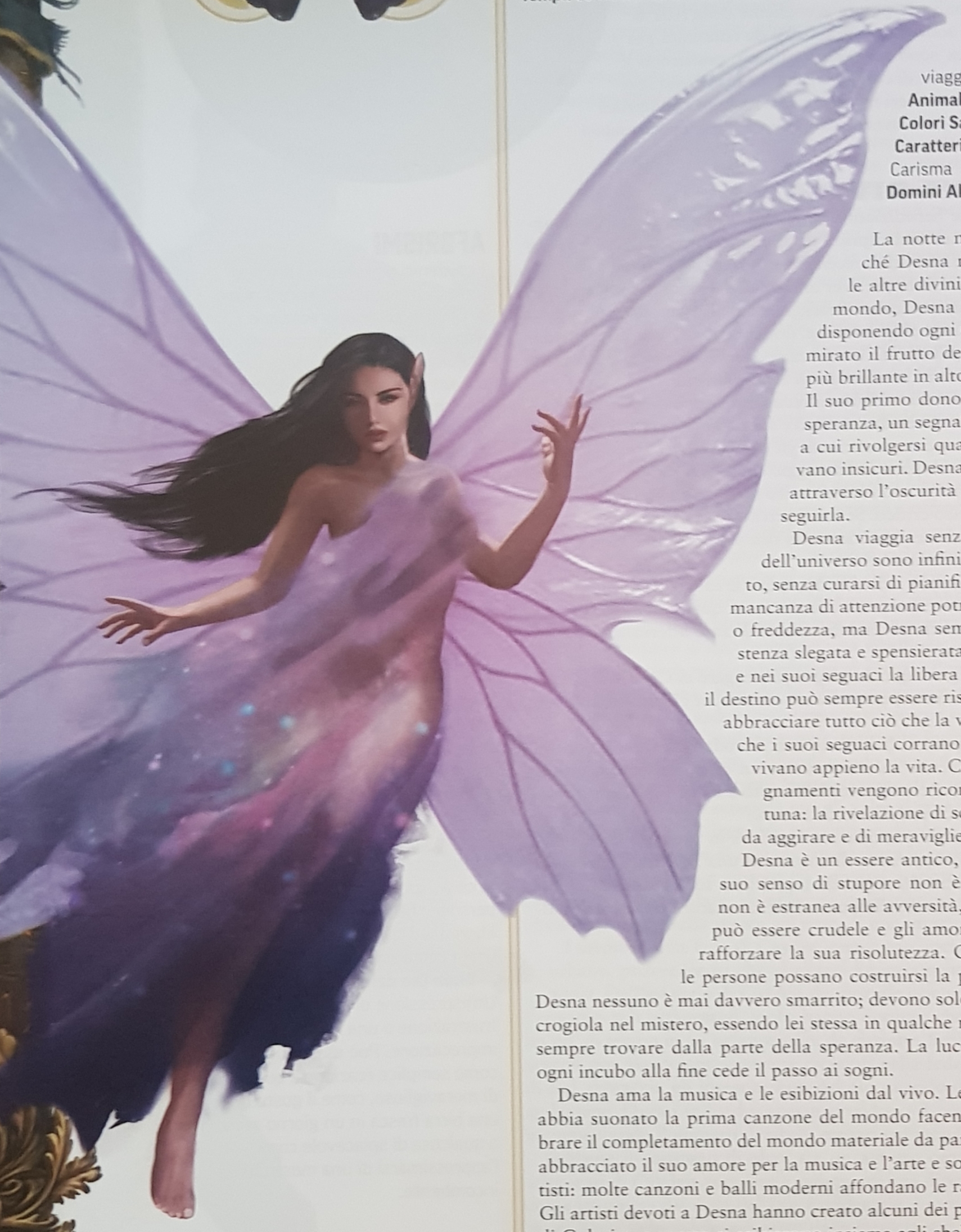




Review of Other Content for PF2 of Lost Omens: Gods and Magic
If we have analyzed the first 100 pages of Lost Omens: Gods and Magic for PF2, now let’s move the spotlight of this review to the last 125. This section of the manual puts more emphasis on the options for the characters; in fact we will find many new ways to characterize (even mechanically) our PCs.


First of all, there is a new background suitable for characters raised in religious orders or monasteries.
We then find two pages containing about fifteen new generic and skill feats; they are aimed at giving some influence of divine power to anyone, even those who are not a cleric and a champion. You can bless objects, make battle prayers, invoke the protection of a god, or more.
A chapter devoted entirely to new spells follows. These pages are instead for anyone who receives from the deities (or from divine beings in general) the ability to use magical arts.
We find below the description of 18 new domains, or fields of competence of the gods; when explored, they provide new focus spells to the character. Control of time, of souls, of glyphs – all of this can greatly benefit the original character concepts.


Finally, there are many items and weapons related to faith. There are various ceremonial magical items, such as the merchant god’s perfect balance or thurible and miter to be used in divine functions; but there are also sacred weapons, such as the bladed scarf, the meteor hammer, the anvil of the dwarven god of the forge and the dagger of eternal sleep. Each element is described in detail, with simple and original mechanics.
I really enjoyed these additions; all these options enrich the customization of the sacred characters, but not only theirs.
Art and Layout
As you can see from the images included in this review, the art of Lost Omens: Gods and Magic for PF2 is of a very high standard. The style is the same as the core rulebook. The illustrations are very detailed and wonderful. In particular the smaller ones are clear and useful representations of the sacred symbols of the gods, new items and more. The larger ones could easily be paintings; bright colors and epic figures that also portray scenes from the history of Golarion. A note of merit goes to the cover of the manual which, in my opinion, has a really intriguing and themed aesthetic.
As for the structure of Lost Omens: Gods and Magic, we find a lot of consistency with the core rulebook of PF2 and this certainly helps to make this review even more positive. Double column layout, classic font for Paizo products, always very clear traits system; this manual also confirms the ease of use of Pathfinder Second Edition.
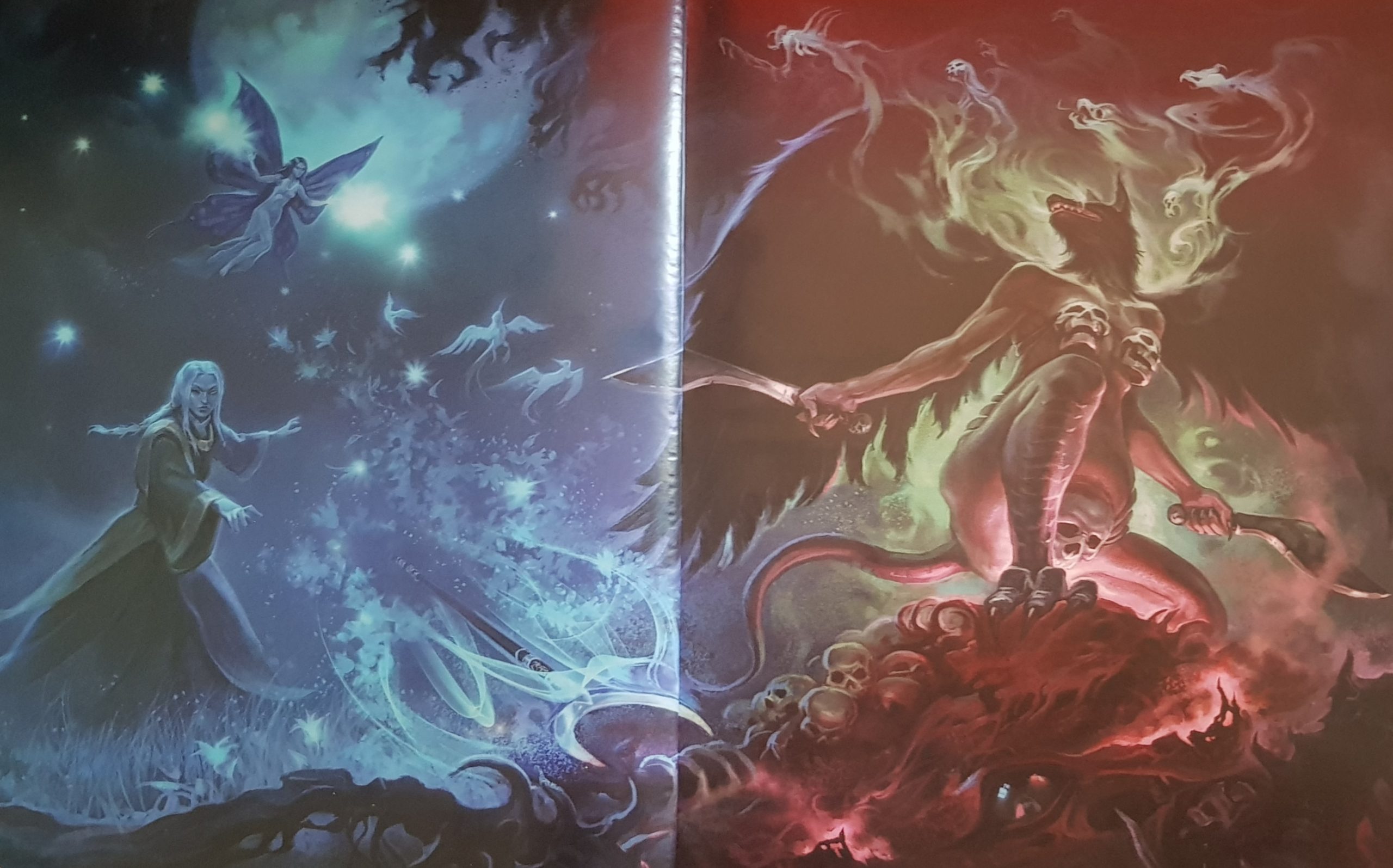
Final Thoughts of the Lost Omens Review: Gods and Magic for PF2
We have reached the end of this review of Lost Omens: Gods and Magic and I must admit that its contents expand the possibilities offered by PF2 in a useful and interesting way.



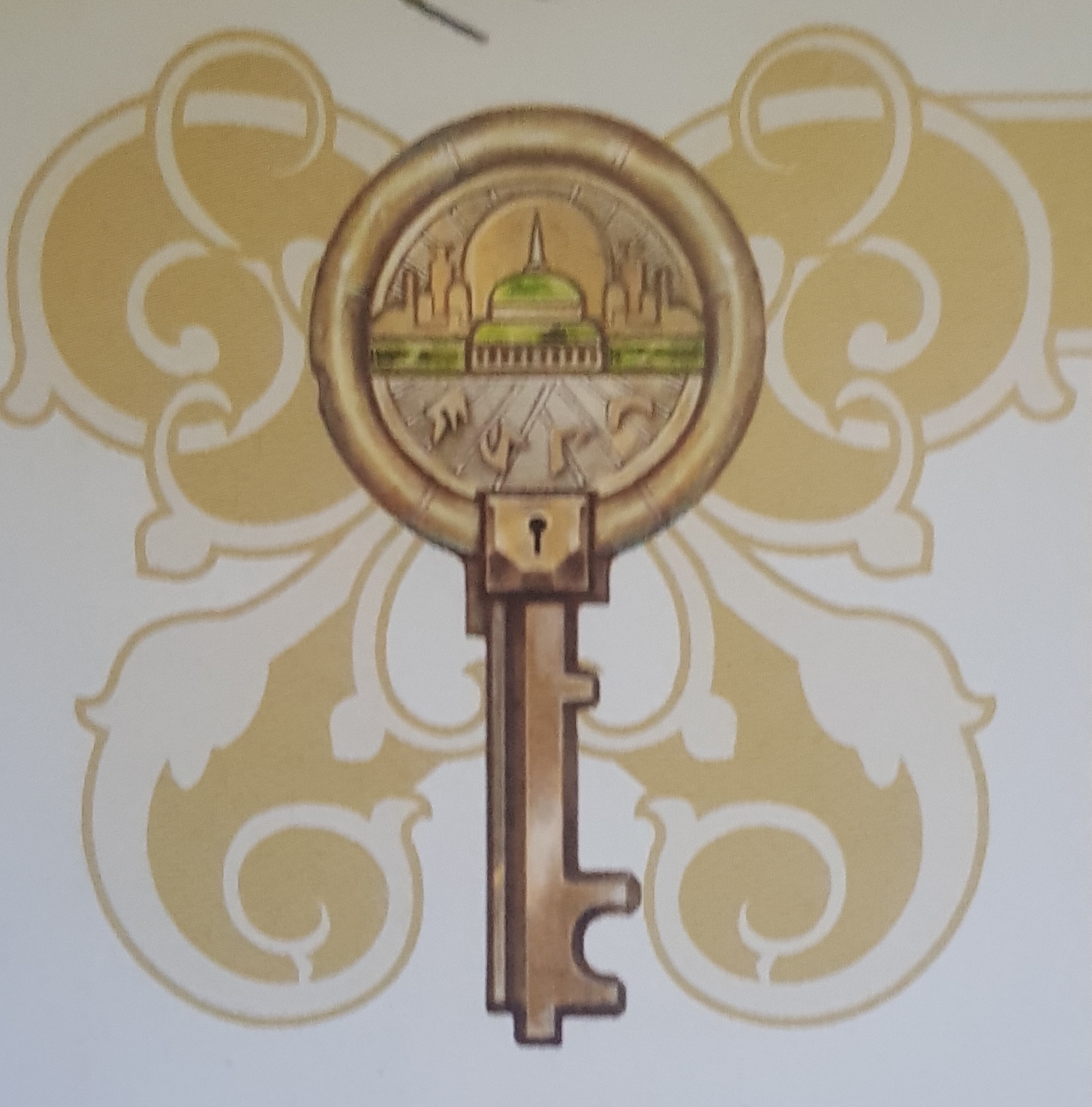



The manual can be very useful. On the one hand for the setting: reading some cults makes you want to create thematic adventures; on the other hand for the mechanics, since it reinforces one of the strengths of the system: the customization options. At the same time it is precious both for sacred characters (clerics and champions in primis), and for others.
In conclusion, I can only recommend this manual: it will be a blessing for your sessions!
